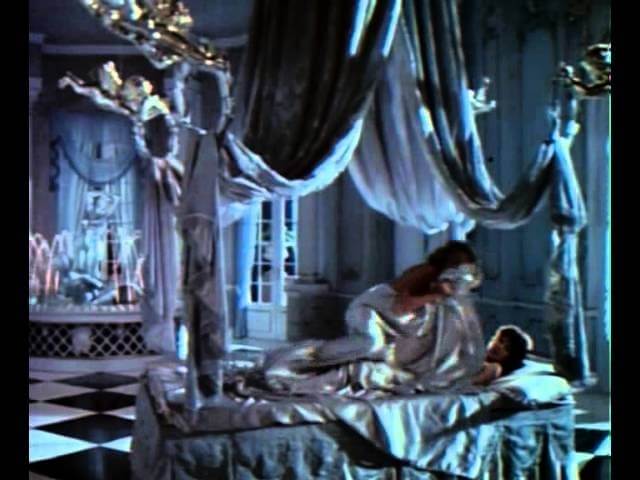Only Ken Russell could make The Favourite seem tastefully restrained

Watch This offers movie recommendations inspired by new releases or premieres, or occasionally our own inscrutable whims. With the Academy Awards right around the corner, we’re suggesting the perfect pairings for this year’s Best Picture nominees—movies to watch with, or instead of, each of them.
Lisztomania (1975)
The Favourite is full of memorably bizarre moments. The duck race. The naked man being pelted with oranges. The dance sequence where Rachel Weisz and Joe Alwyn get down in the 18th-century equivalent of a breakdancing battle. But what if that was only the beginning? What if Yorgos Lanthimos’s cheeky, fourth-wall-breaking moment of mischief was stretched out into an hour’s worth of movie, and things only got weirder from there? Like, “vampire Richard Wagner leading an army of child Nazis dressed in Superman outfits” weird?
Late British filmmaker Ken Russell’s signature was a delirious sense of unfettered bawdy id, and his Freudian fixations were never so overt as in his 1975 follow-up to The Who’s Tommy. Technically one in an unofficial series of composer biopics, Lisztomania stars The Who’s Roger Daltrey as early 19th century Hungarian composer Franz Liszt; appropriately for his leading man, Russell paints Liszt as the world’s first rock star, filling most of the film’s first half hour with Daltrey performing a vaudevillian piano-man act as extras in bonnets and Regency gowns scream. Now, that part’s just anachronistic. But as the film descends deeper into carnival perversity, it mutates into a surrealist musical, and finally a psychotronic superhero movie as Liszt becomes the lover of a Russian princess, then a monk, then a spy, then… well, from there it becomes practically impossible to describe.
In their respective films, both Russell and Lanthimos show a talent for controlled chaos, a devilish desire to overstuff frames until they nearly burst and distort previously staid genres to the point of sublime absurdity. In his review of Lisztomania, Roger Ebert wrote, “it’s a berserk exercise of demented genius, and on that level … it functions, and sometimes even works. Most people will probably despise. it.” And it’s true that the film is very loose, both in plotting and (obviously, given the whole “Nazi vampire” thing) in historical accuracy. Placed next to The Favourite, which shares its impish energy but not its undisciplined approach—and is a better film for it—Lisztomania actually makes a pretty good argument for the idea that some artists work better under constraints. Someone could have at least suggested to Russell that maybe he only needed one extended dream sequence in the silent comedy style.
Then again, the baroque spirit is all about excess. Another common thread between The Favourite and Lisztomania is the delight they take in depicting the erotic lives of the aristocratic classes. Here, again, Lisztomania somehow makes The Favourite look conservative. Where Lanthimos’ film focuses on a lesbian love triangle, Russell’s is, frankly, obsessed with cock: Phallic imagery appears in nearly every scene, arguably peaking with a woman lighting a match off of a 12-foot papier-mâché penis whose head has been wrapped in ribbons like a maypole and stuck through the head stock of a guillotine. Ultimately, the most amusing parallel between the two films is that someone agreed to handsomely fund both: Four decades after a major studio gave Ken Russell money to make a film where marble butts fart fumigants, Yorgos Lanthimos secured money for a film where a British comedy legend utters the line, “I like it when she puts her tongue inside of me.” What could be more droll than that?
Availability: Lisztomania is available to rent or purchase through VUDU, iTunes, and many of the other major digital services. It can also be obtained on DVD from Amazon or possibly your local video store/library.